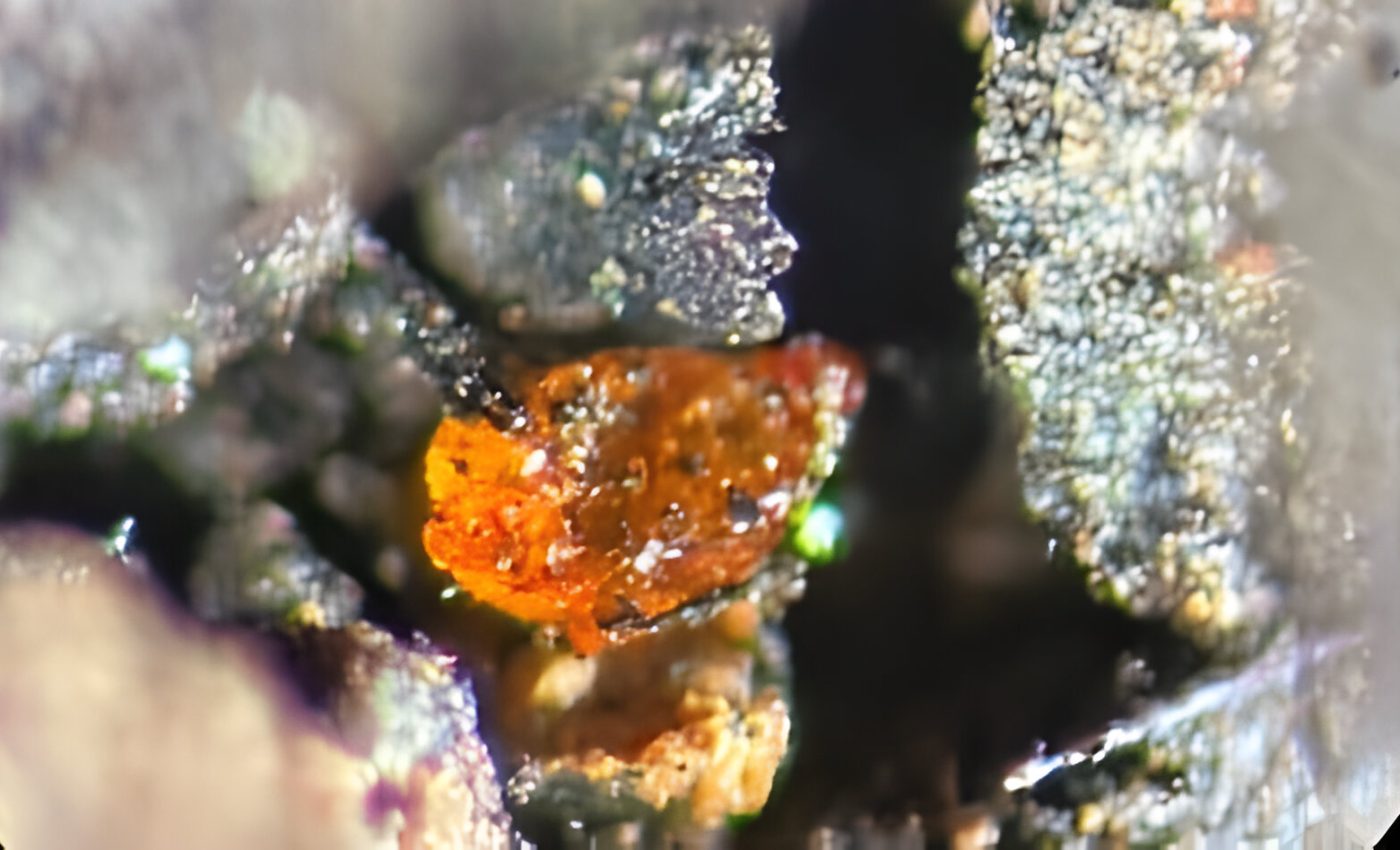
90-million-year-old amber reveals Antarctica's secret past
Amber, the fossilized “blood” of ancient coniferous trees, holds the key to an extraordinary chapter of Earth’s history.
Imagine stepping into a time machine capable of transporting you back to the era of the dinosaurs.
Suddenly, you’re immersed in a dense, swampy forest, surrounded by buzzing insects, blooming flowers, ferns, and conifers. Strikingly, this lush habitat is where snowy West Antarctica currently stands.
Recently, scientists from top universities in Germany and the UK have unearthed amber in this desolate landscape for the first time.
These discoveries reveal that between 83 and 92 million years ago, coniferous trees once thrived on what is now the planet’s southernmost continent.
Amber discovery in Antarctica
Coupled with the discovery of roots, pollen, and spore fossils, the unearthed amber supports the evidence indicating the existence of a swampy rainforest in the region of the South Pole during the mid-Cretaceous period.
This prehistoric environment was “dominated by conifers,” not unlike the present-day forests in New Zealand and Patagonia.
This Antarctic amber discovery peels back the icy layer shrouding the continent’s history, and reveals an ancient habitat that was warm and moist enough to host coniferous trees capable of producing resin.
During the mid-Cretaceous, these resilient trees were able to endure total darkness during the long winter months.
Resin-producing trees on all continents
Previously, Cretaceous amber deposits had only been found as far south as Australia’s Otway Basin and New Zealand’s Tupuangi Formation.
“It was very exciting to realize that, at some point in their history, all seven continents had climatic conditions allowing resin-producing trees to survive,” said marine geologist Johann Klages from the Alfred Wegener Institute in Germany.
The goal now is to explore deeper into the forest’s ecosystem – to uncover whether the forest experienced extensive fires and if traces of life can be found encapsulated within the amber.
Renowned scientists have been unearthing fossilized wood and leaves in Antarctica since the early 19th century. However, most of these discoveries date back hundreds of millions of years.
Evidence of Antarctica’s past
The fate of Antarctica’s lush forests, as the land mass separated from Australia and South America and spiraled towards the South Pole, is currently unknown.
In 2017, researchers unearthed well-preserved evidence of these once-thriving habitats by drilling into the seafloor near West Antarctica.
After years of analysis, Klages and his team of researchers published a 2020 research paper documenting a 3-meter-long network of fossilized roots that dates back to the mid-Cretaceous.
The amber revelation in Antarctica
Drill expeditions have provided compelling evidence that ancient forests once thrived in Antarctica.
Present in the layer of mudstone where the fossilized roots were found were also tiny slices of translucent amber, each a different hue of yellow to orange.
This amber serves as evidence of resin flow, a natural process where sap leaks out of a tree to seal its bark against potential harm from fires or insect pests.
How was the amber preserved?
The Cretaceous, one of the warmest periods in Earth’s history, was prone to frequent forest fires, evident from the volcanic deposits found on Antarctica and adjacent islands.
The preservation and fossilization of the amber can be attributed to high water levels promptly enveloping the tree resin. This quick coverage shielded the resin from harmful ultraviolet radiation and oxidation.
Excitingly, it appears that the amber encompasses tiny bits of tree bark, though further analysis is required for confirmation.
Slowly but surely, researchers are piecing together details of what Antarctica’s prehistoric forests once looked like and how they functioned 90 million years ago.
Significance of amber in paleoclimate studies
Amber is much more than the fossilized remnant of ancient trees. It is a kind of time capsule that informs us about conditions on the Earth millions of years ago and allows further insight into its climate.
This discovery of amber in Antarctica is very significant as it indicates that the region once must have had a warm and humid climate suitable for dense forests of trees that could produce resin.
This discovery has sparked a challenge to current perceptions of Antarctica’s past and contributed to the growing body of evidence for a once green, thriving landscape on the continent.
Information on the amber’s chemical composition and inclusions will give scientists clues about what life must have been like in that ancient environment: its temperatures, humidity levels, diversity of flora and fauna, and indeed everything thriving at the time.
Such analysis can be pieced together to form a more complete picture of global climate patterns during the mid-Cretaceous period – the warmest era in Earth’s existence.
The study is published in the journal Antarctic Research.
Image Credit: Alfred-Wegener-Institut / V. Schumacher
—–
Like what you read? Subscribe to our newsletter for engaging articles, exclusive content, and the latest updates.
Check us out on EarthSnap, a free app brought to you by Eric Ralls and Earth.com.
—–













